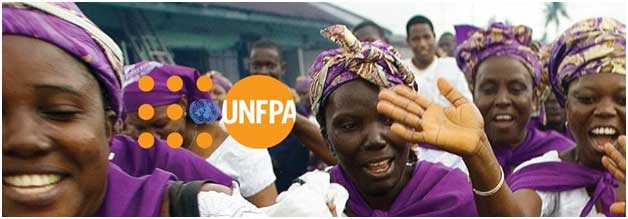By Sivananthi Thanenthiran
UNITED NATIONS, Jun
Our region, the Asia and the Pacific region is already home to 60
A further increase in population means it will be harder to achieve the 17 SDGs with the 169 different targets – aimed at fighting poverty, reducing inequality, addressing climate change, ensuring quality primary and secondary education for all children, gender equality, and reduced child mortality – to ensure nobody is left behind.
We are currently facing heightened conflicts over resources, accelerated effects of climate change, political strife and economic collapse in a world marked by inequalities.
These trends cannot be contained within borders and will spill over and the global community must be aware – that this will raise poverty levels, and give rise to displaced persons, refugees and migrants.
Besides these already
In areas we have conducted research in, we can see that climate change has effects on food security – forcing women and girls into hunger and malnutrition; there is increased incidence of lesser education opportunities and increase child marriages.
This essentially impacts a whole gamut of women’s rights, particularly their sexual and reproductive health and rights. This is why we track and monitor governments’ implementation of the landmark International Conference on Population and Development’s Programme of Action (ICPD POA) that took place in Cairo in 1994.
Signed by 179 countries across the world in 1994, the PoA put human rights as the
Governments agreed that reproductive rights, gender equality, equity and women’s empowerment are essential for improving quality of life and achieving sustained social and economic growth and sustainable development.
At the juncture of the 25th anniversary of the ICPD, it is essential for us to look at holistic, rights-based global frameworks to help us get a grip on the challenges we are facing today.
The prediction that the world population will increase by 2 billion in the next 30 years is based on ground realities like
They have little or no access to comprehensive sexuality education which impacts their knowledge of contraception, access
Governments in the region should have the political courage to ensure eradication of child marriages, ensure
UN data shows that population in the group of 47 least developed countries (LDCs), which includes countries in Asia, is growing 2.5 times faster than the total population of the rest of the world, and is expected to jump from 1 billion inhabitants in 2019 to 1.9 billion in 2050.
It is also predicted that half of the world’s population growth will be concentrated in just nine countries: India, Nigeria, the Democratic Republic of the Congo, Pakistan, Ethiopia, the United Republic of Tanzania, the United States of America, Uganda and Indonesia.
However, women’s rights are key in slowing down
In 2016, a study from the International Institute for Applied Systems Analysis (IIASA) and the Asian Demographic Research Institute (ADRI) at Shanghai University showed that if the world could achieve the 17 SDGs by 2030, it could slow down global population growth to 8.2 to 8.7 billion by 2100.
Empowering women is the key to slowing down
Instead, we need to ensure comprehensive sexuality education for in and out-of-school children and youth, eliminate child, early and forced marriage, tackle teenage pregnancies, invest in health care
Besides these, we need to simultaneously ensure access to safe abortion services to all women and girls and remove all barriers to access abortion so there are no unintended, unplanned or forced pregnancies.
There is also a pressing need to increase investments in girls’ education & address barriers that prevent girls from attending schools. Similarly, we need to increase women’s participation in the
When we shift the focus to people’s
Sivananthi Thanenthiran is also a SheDecides Champion for
(Sivananthi Thanenthiran is the executive director of the Asian-Pacific Resource and Research Centre for Women (ARROW), a regional feminist NGO based in Malaysia championing sexual and reproductive health and rights in




